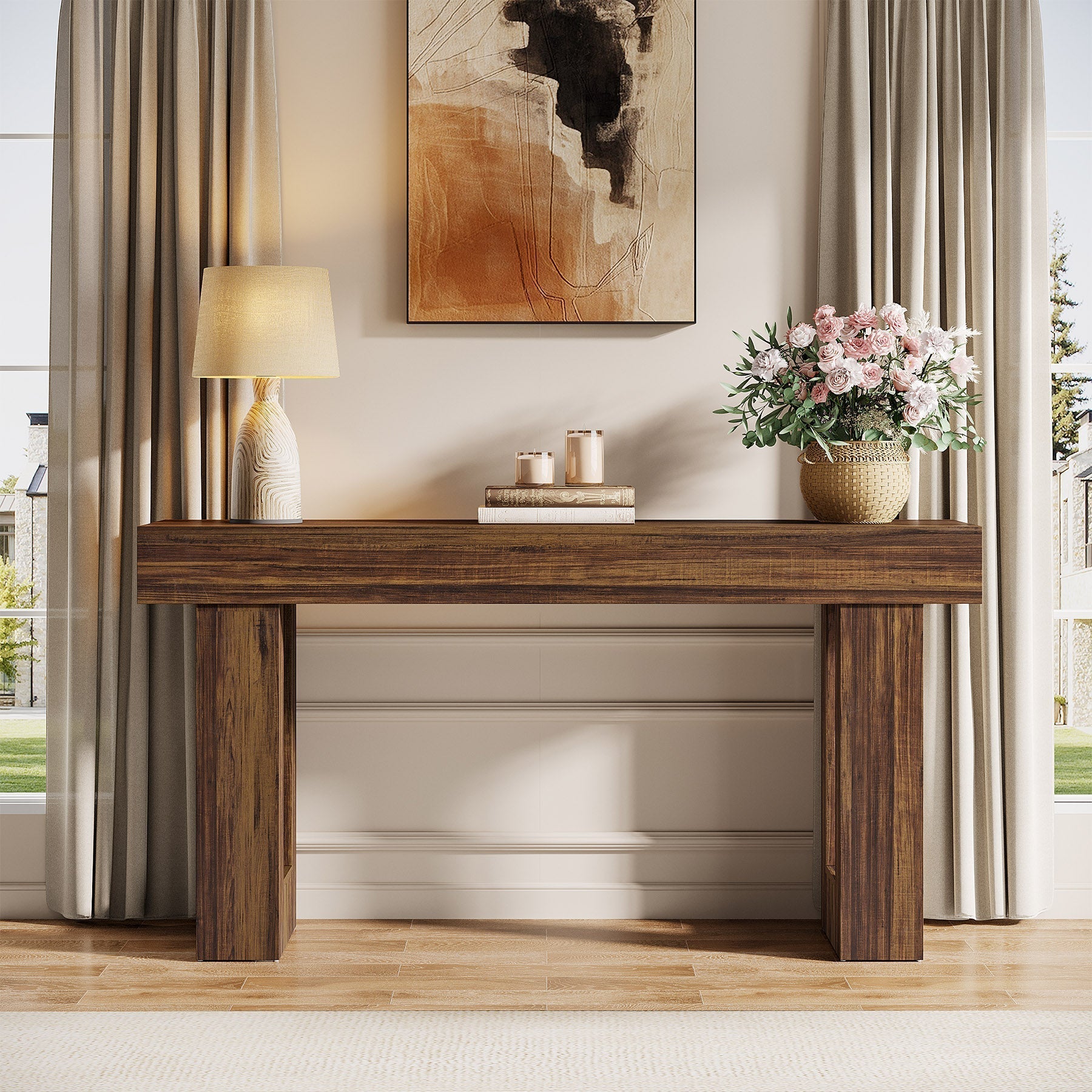Is It Bookcase or Bookshelf? Understanding the Difference and Choosing the Right One for Your Home
Table of Contents
What Is a Bookcase?
A bookcase is a larger, freestanding piece of furniture, typically designed to hold a large number of books. Most bookcases feature multiple shelves, often with doors or a back panel, and can be used to store various items beyond books, such as decorative objects or office supplies. Many users opt for bookcases for their more traditional, organized, and formal design, which helps give rooms a cohesive look.
For example, when I moved into a new house, I quickly realized I needed more storage space for my growing book collection. After considering several options, I chose a sturdy, traditional bookcase that was about six feet tall with enclosed shelving. It not only fit all my books but also added a sense of structure to my living room. The closed design kept everything looking tidy, and it became the focal point of the space.
What Is a Bookshelf?
A bookshelf, on the other hand, is a simpler and more open form of storage, typically consisting of horizontal or vertical shelves that are either mounted on a wall or freestanding. Unlike a bookcase, a bookshelf is often minimalistic and more versatile in terms of placement. It can be a single shelf, a floating shelf, or a modular unit.
I remember buying my first bookshelf when I downsized to an apartment. I wanted something less bulky than a bookcase but still functional for my smaller collection of books. I ended up with a floating bookshelf that I mounted above my desk. It’s simple, sleek, and doesn’t take up floor space—perfect for my needs in a smaller room. Plus, it’s easy to add or remove shelves as needed.
Key Differences Between a Bookcase and a Bookshelf
Structure and Design
Bookcase: A bookcase is usually an enclosed piece of furniture, often with doors or panels that give it a more formal, organized look. It can also come with additional features, like glass doors or drawers, for more versatile storage.
Bookshelf: A bookshelf is generally more open and minimalist. Most bookshelves don’t have doors or back panels, offering a more relaxed, airy vibe. It’s designed to showcase books and decor without the constraint of a full enclosure.
Functionality
Bookcase: Bookcases are designed primarily for storing books and providing a clean, organized appearance. Many people choose them when they need to store a large number of books, magazines, or even decor items that need to be kept in place.
Bookshelf: Bookshelves, while still designed for books, are often more flexible in use. You can mix and match books with personal décor, art pieces, or even plants. They are less formal and allow for a more dynamic, creative arrangement.
Size and Placement
Bookcase: Bookcases are usually larger and take up more space. They are ideal for larger rooms, libraries, or home offices. A bookcase often becomes the centerpiece of a room due to its size and structure.
Bookshelf: Bookshelves can be compact and versatile. They can be used in smaller spaces or mounted on walls to save floor space. They are also great for placing in narrow hallways or as standalone pieces in bedrooms or living rooms.
When to Choose a Bookcase vs. a Bookshelf
Consider Space
When deciding between a bookcase and a bookshelf, consider the space available in your room. Bookcases tend to be larger and need more floor space, making them a good choice for living rooms or offices with enough room. If you have limited space or need something more flexible, bookshelves are the way to go. They can be wall-mounted or slim enough to fit in tighter spaces.
Aesthetic Preferences
Your choice of furniture will also depend on the aesthetic you prefer. A bookcase offers a more traditional, formal appearance, which may suit classic or sophisticated interiors. On the other hand, bookshelves provide a modern, open look that works well in casual, contemporary, or minimalist designs. Think about how you want the piece to blend with the rest of your décor.
Storage Needs
If you have an extensive book collection or need extra storage, a bookcase is a great choice. Its closed structure helps keep your items neatly stored, with more capacity for organizational needs. If you're looking for a more flexible solution that doubles as a display piece, a bookshelf is ideal. You can store your books and mix in some decorative objects to add visual interest.
How to Style and Organize Your Bookcase or Bookshelf
Styling both bookcases and bookshelves involves mixing functionality with aesthetics. Here are a few tips to get you started:
- For a Bookcase: Since bookcases are more enclosed, consider arranging books in an organized, color-coordinated way. Add a few decorative items like plants, vases, or photo frames to give it personality. For a modern twist, mix different materials like wood, metal, or glass for a balanced design.
- For a Bookshelf: Bookshelves are perfect for displaying both books and non-book items. Try placing your books by size or color for a neat look, and fill the remaining space with décor, such as sculptures, candles, or plants. For a clean and airy look, keep the shelving sparse and allow items to breathe.
Conclusion
Understanding the difference between a bookcase and a bookshelf is essential when considering which one best fits your home. Both have their unique advantages, and the right choice will depend on your space, style, and storage needs. Whether you opt for the enclosed, traditional style of a bookcase or the open, versatile look of a bookshelf, each offers a practical and stylish way to organize your books and showcase your décor.
No matter what you choose, be sure to personalize the piece to fit your home’s aesthetic and create a space that feels both functional and beautiful. Happy decorating!


